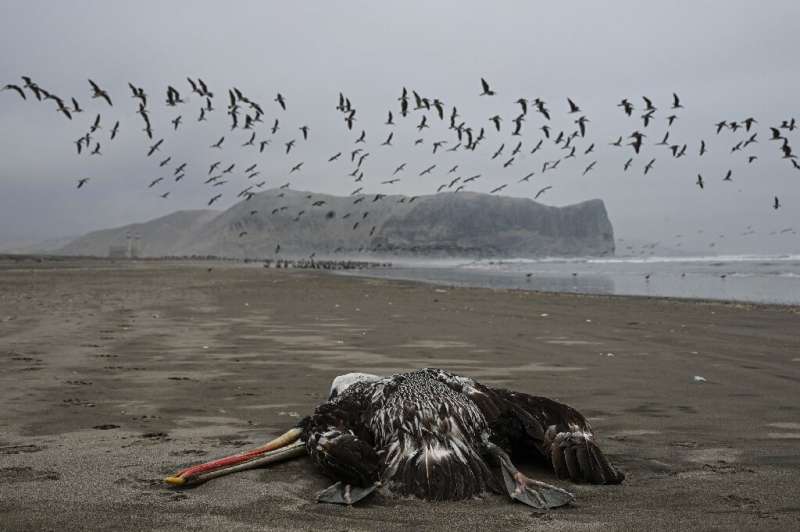Pelicans were among the thousands of wild birds found dead in Peru.
Peru said Tuesday that 585 sea lions and 55,000 wild birds have died of the H5N1 bird flu virus in recent weeks, the latest report on the disease's impacts.
Following the discovery of 55,000 dead birds in eight protected coastal areas, rangers found the bird flu that killed them had also claimed 585 sea lions in seven protected marine areas, the Sernanp natural areas protection agency said.
The dead birds included pelicans, various types of gulls, and penguins, the Sernanp said in a statement.
Laboratory tests also confirmed the presence of H5N1 in the dead sea lions, prompting the authorities to announce a "biological vigilance protocol."
For its part, Peru's National Forest and Wildlife Service (SERFOR) urged people and their pets to avoid contact with sea lions and sea birds on the beach.
In December, Peruvian authorities culled 37,000 birds on a chicken farm over bird flu, following previous outbreaks that affected wildlife.
Killing infected birds is part of the usual protocol to control avian influenza outbreaks.
In November, the country declared a 180-day health alert after finding three cases of highly contagious H5N1 in pelicans.
According to the SENASA agricultural health agency, the disease is transmitted by migratory birds from North America.
Since late 2021 Europe has been gripped by its worst-ever outbreak of bird flu, while North and South America are also experiencing severe outbreaks.
It is rare that bird flu jumps over into mammals—and rarer still that humans catch the potentially deadly virus.
But the virus has recently been found in foxes and otters in Britain, a cat in France, and grizzly bears in Montana. All the mammals were suspected to have eaten infected birds.
© 2023 AFP
























